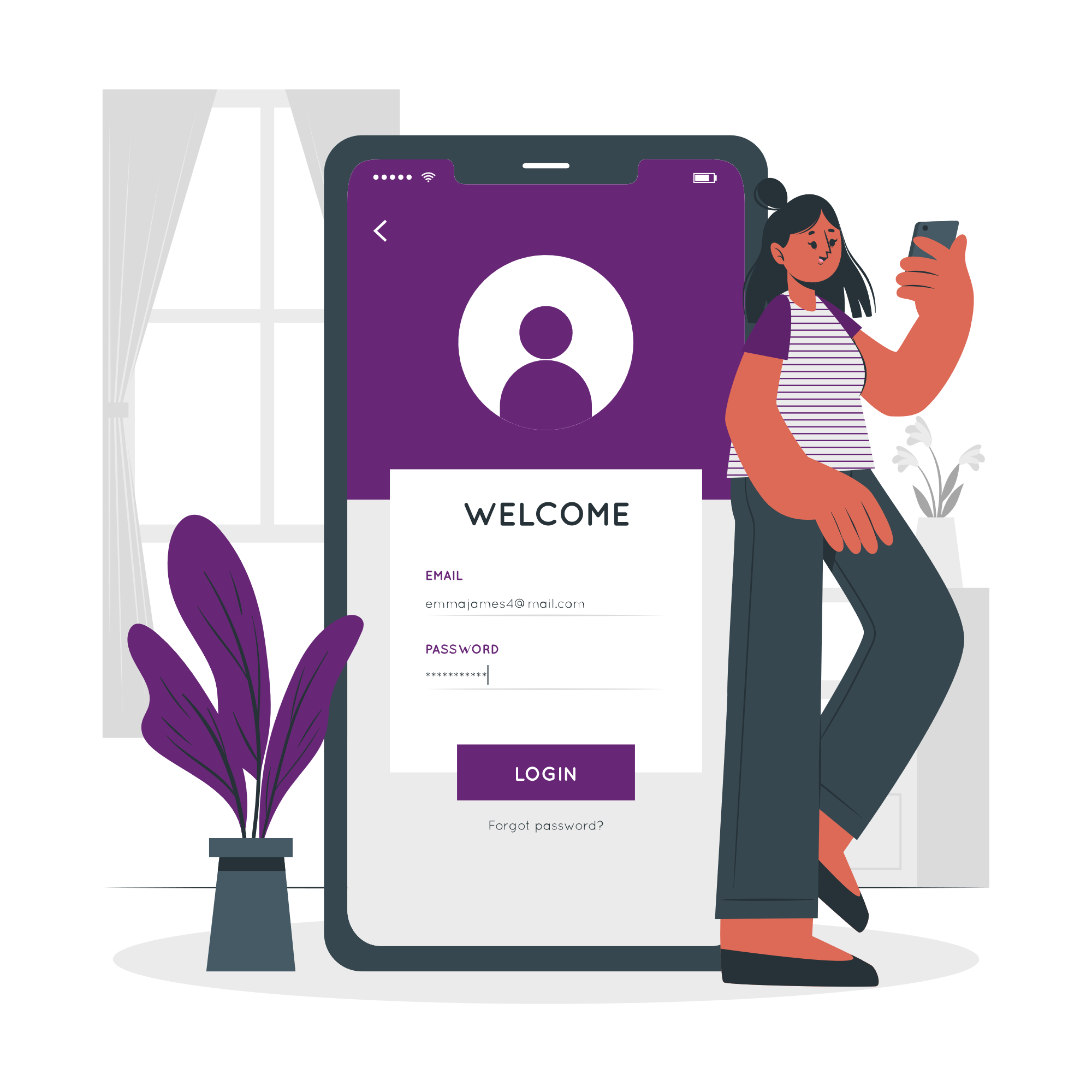The concept of “cloud computing” isn’t as extraneous as it might seem at first. In cloud computing, users access software applications remotely through the Internet or other network via a cloud application service provider. Using cloud based accounting software frees the business from having to install and maintain software on individual desktop computers. It also allows employees in remote or branch offices to access the same data and the same version of the software.
Cloud computing based accounting software is accounting software that is hosted on remote servers. It provides accounting capabilities to businesses in a fashion similar to the SaaS (Software as a Service) business model. Application Data is sent into “the cloud,” where it is processed and returned to the user. All application processing are performed off-site, not on the user’s desktop.
If you think “Why My Small Business should consider Cloud Based Accounting Software” then you should go through factors mentioned below:
Quick implementation process. We @Capium claim our accounting applications can be up and running in a few minutes because there is no software to install. The implementation process also is easier for companies with multiple locations or remote workers to all have access to the same version of the application simultaneously.
Anytime access from anywhere with an Internet connection, which again includes the ability for employees to work remotely.
Lower upfront costs. Instead of paying a license fee and for annual maintenance, most models allow users to pay as they go. They can pay per user and easily add more users. Vendors can offer their products at a lower cost in this situation because their systems are built to allow several customers to share infrastructure (both servers and storage areas) in a way that is transparent to users and does not allow those customers access to each other’s data. It may be difficult to conduct a cost comparison of doing business on-premise versus in the cloud unless a company has moved all its business off-premise. Some companies may outsource services such as their e-mail and/or infrastructure support, but still manage their core applications. That being said, realizes that the upfront costs include the cost of hardware and IT employees that no longer need to be in-house.
Little or no hardware or maintenance costs. The vendor takes responsibility for maintaining the software and servers. This is where things can get tricky. If people who are evaluating the return on investment of switching from on-premise to cloud products by comparing what they are spending now to what they will be spending if they switch, it’s not really comparing apples to apples, said Gregory LaFollette, CPA/CITP, a senior manager with Eide Bailly LLP and consultant to accounting firms and vendors. In an on-premise environment, the customer pays for the hardware, storage space and IT personnel to maintain the system in addition to the software. In a cloud environment, the vendor fronts those costs, so a larger percentage of the total cost of ownership by the customer shifts away from hardware and people and toward software.
Disaster recovery and backup capabilities. One of the costs incurred by customers who keep their data on-premise is backing up their data, typically via tape or by contracting a third-party backup provider. This is another area covered by the vendor in a cloud environment. Often vendors have redundant backup systems so that customer data is replicated in a separate data center in case of fire, flood or other disaster. The infrastructure is “self-healing” so that when a failure occurs and the backup becomes the primary source of information, the system launches a new backup instance of the data.
The cloud services industry is poised for strong growth through 2014, when worldwide cloud services revenue is projected to reach $148.8 billion, with the financial services and manufacturing industries being the largest early adopters of cloud services.







